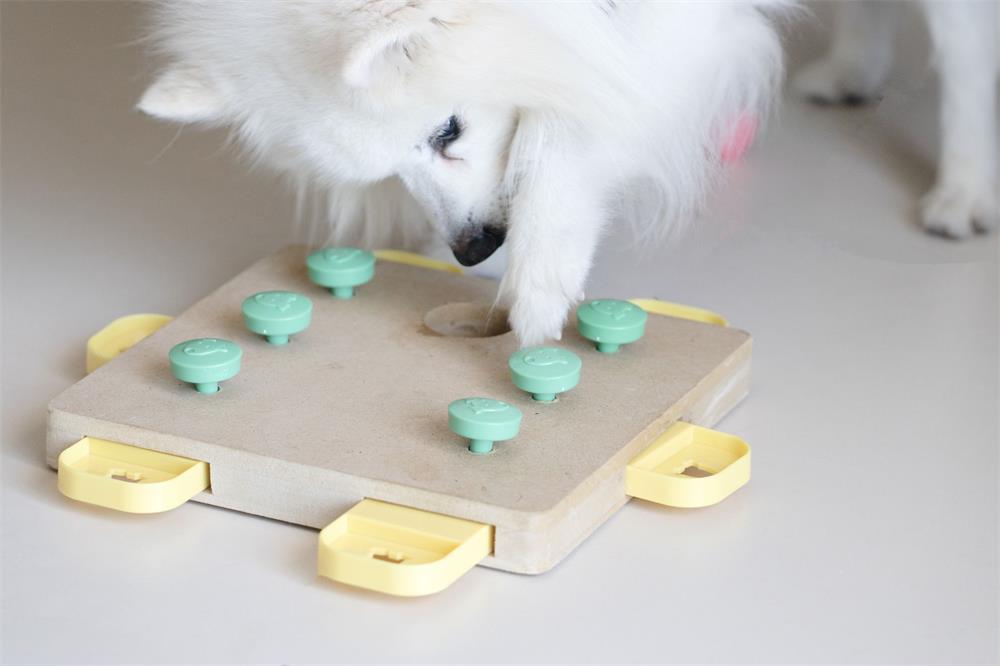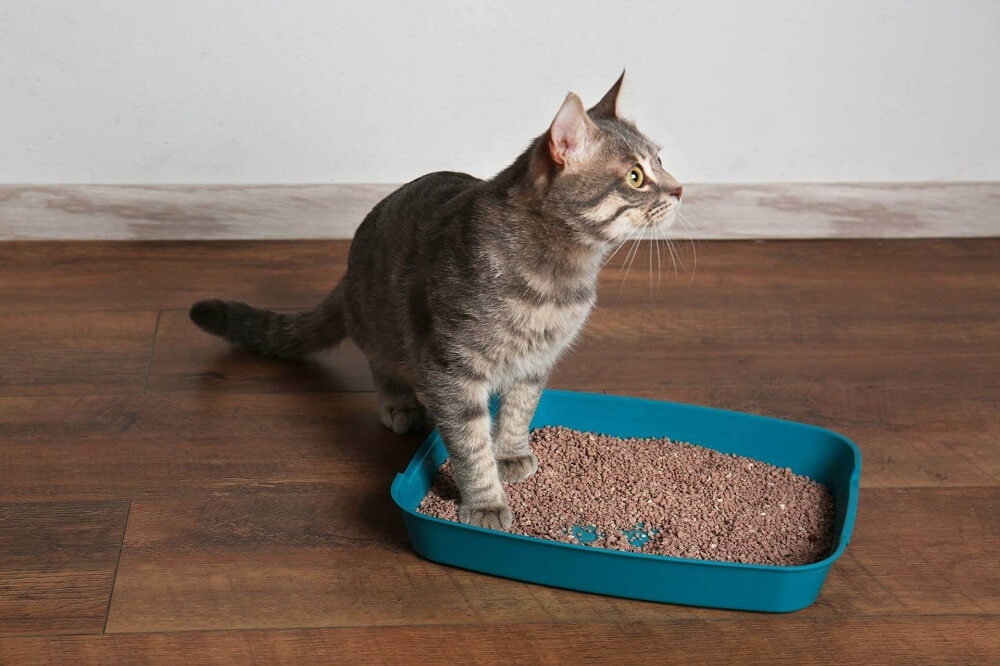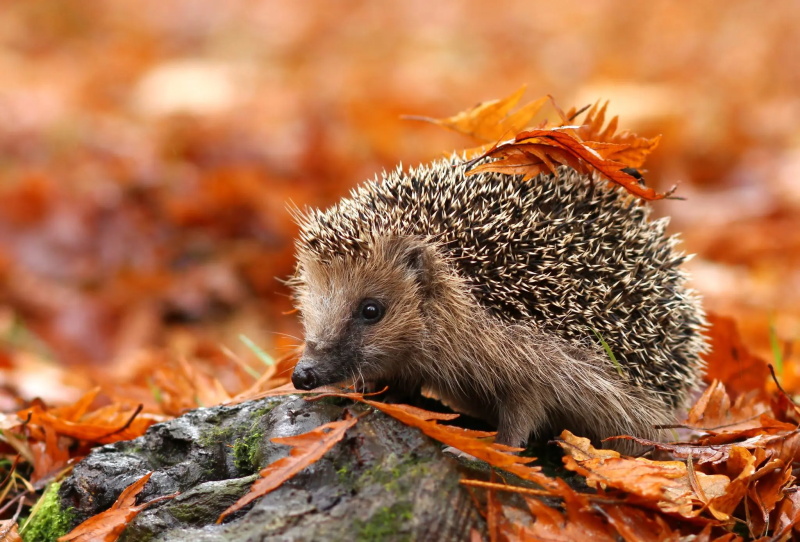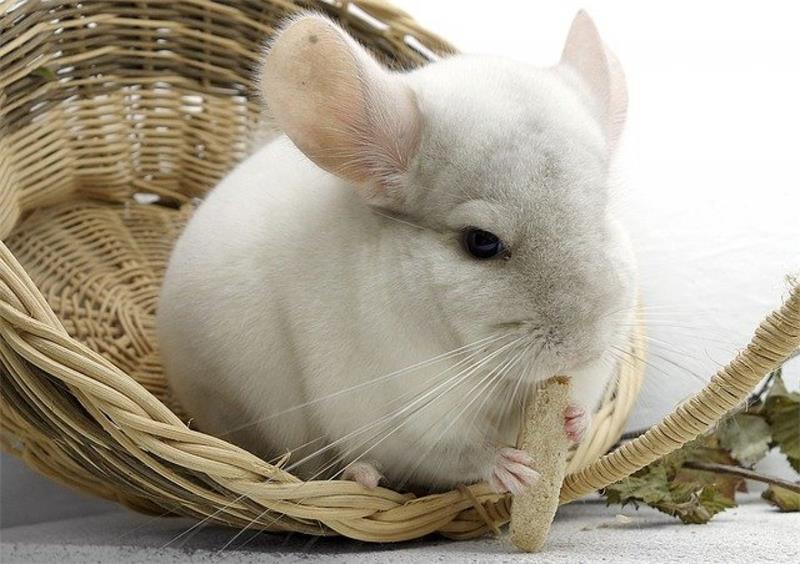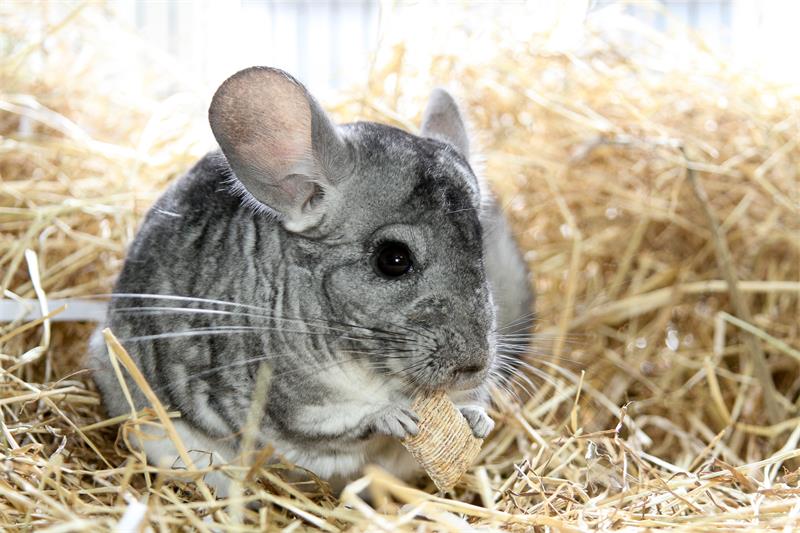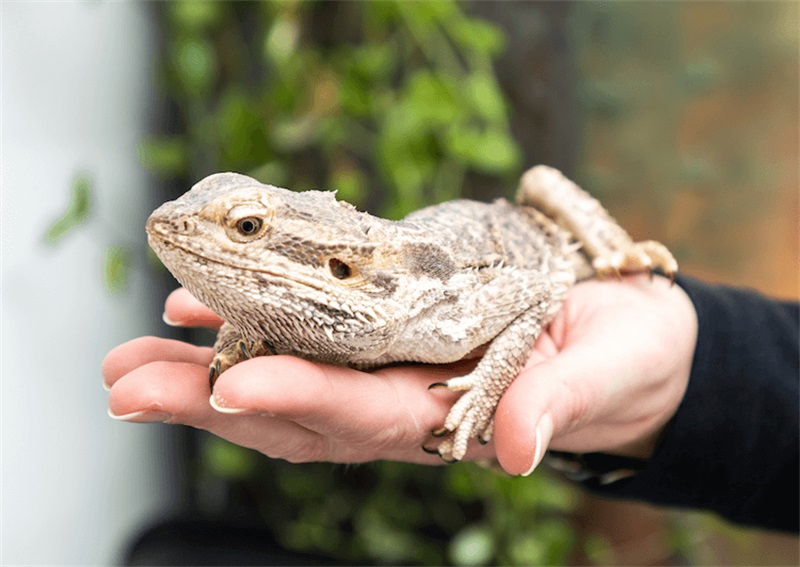
Table of Contents
Bearded dragons are popular pets among reptile enthusiasts, but they require proper care and handling to keep them healthy and happy. One of the most important aspects of bearded dragon care is knowing how to pick them up correctly. Picking up a bearded dragon incorrectly can cause stress, injury, or even death to the animal. In this article, we will explain how to pick up a bearded dragon correctly, what to avoid, and some tips for bonding with your scaly friend.
What are Bearded Dragons?
Bearded dragons are a genus of reptiles (Pogona) that contain eight lizard species, all native to Australia. ² They are named for the spines on their chin and neck that resemble a beard, which they can puff up when they feel threatened or stressed. ¹ They are semi-arboreal, meaning they spend significant amounts of time on branches, bushes, and rocks. ² They are also diurnal, meaning they are active during the day and sleep at night. ⁴
Bearded dragons can grow up to 24 inches long, depending on the species and the morph (color and pattern variation). ³ They have triangular heads, flattened bodies, and rows of spiny scales covering their entire bodies. ² They come in a variety of colors, such as red, yellow, orange, white, black, and more. ³ They have a lifespan of about 10 years in captivity, but some can live longer with proper care. ⁴
Bearded dragons are omnivorous, meaning they eat both plants and animals. Their diet consists mainly of insects (such as crickets, roaches, worms, etc.), vegetables (such as greens, squash, carrots, etc.), and fruits (such as berries, melons, apples, etc.). ⁴ They also need a source of calcium and vitamin D3 to prevent metabolic bone disease, a common condition that affects their bones and organs. ⁴
Bearded dragons are generally docile and friendly animals that can be tamed and handled with ease. However, they also have their own personalities and preferences, so some may be more shy or aggressive than others. They also have different ways of communicating their mood and needs, such as head bobbing (to show dominance), hand waving (to show submission), beard darkening (to show stress or anger), tail twitching (to show excitement or curiosity), etc. ²
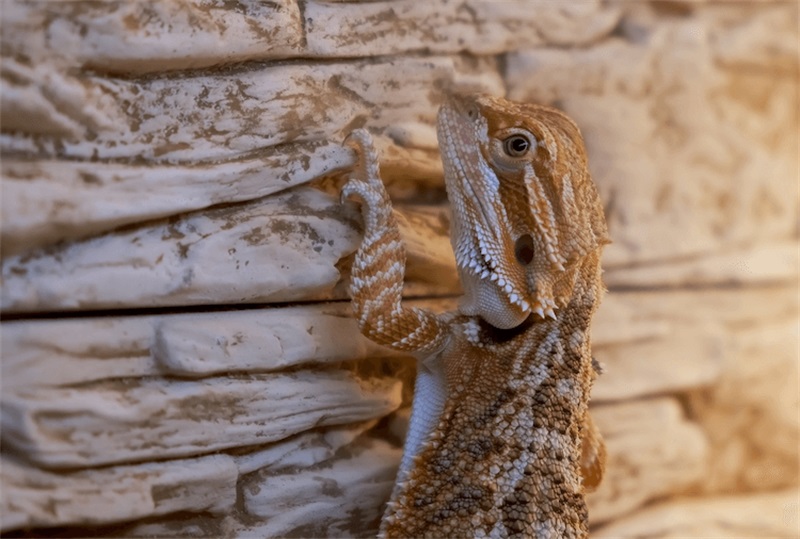
How to Pick Up a Bearded Dragon Correctly
Before picking up a bearded dragon, you should always wash your hands with soap and water to prevent spreading any germs or diseases to your pet. You should also avoid wearing any jewelry or clothing that could snag or hurt your bearded dragon’s skin or scales.
To pick up a bearded dragon correctly, you should follow these steps:
- Approach your bearded dragon from the front or the side, not from above or behind. This will prevent startling them or triggering their predator-prey instinct. You can also talk to them softly or offer them a treat to gain their trust and attention.
- Gently slide one hand under their chest and belly, supporting their front legs. Make sure your fingers are not squeezing their ribs or abdomen too tightly.
- Carefully lift them up with your hand and bring them close to your body. You can use your other hand to support their back legs and tail if needed.
- Hold them firmly but gently against your chest or shoulder, making sure they feel secure and comfortable. You can also stroke their head or back gently to calm them down.
- Avoid making any sudden movements or noises that could scare or stress them out. You can also avoid eye contact if they seem nervous or aggressive.
What to Avoid When Picking Up a Bearded Dragon
When picking up a bearded dragon, you should avoid these common mistakes:
- Do not grab them by their tail or limbs. This can cause pain, injury, or even tail loss (a defense mechanism that allows them to detach their tail when threatened). Their tail will grow back eventually but it will not look the same as before.
- Do not hold them upside down or sideways. This can disorient them and make them feel sick or stressed. They have a natural sense of gravity and prefer to be upright or slightly tilted.
- Do not hold them too loosely or too tightly. Holding them too loosely can make them feel insecure and cause them to squirm or jump out of your hands. Holding them too tightly can make them feel suffocated and cause them to bite or scratch you.
- Do not hold them for too long or too often. Holding them for too long can make them overheat or dehydrate, especially if they are under a heat lamp or in direct sunlight. Holding them too often can make them stressed or annoyed, especially if they are not used to being handled. You should limit your handling sessions to 10-15 minutes per day, and give them a break if they show signs of discomfort or agitation.
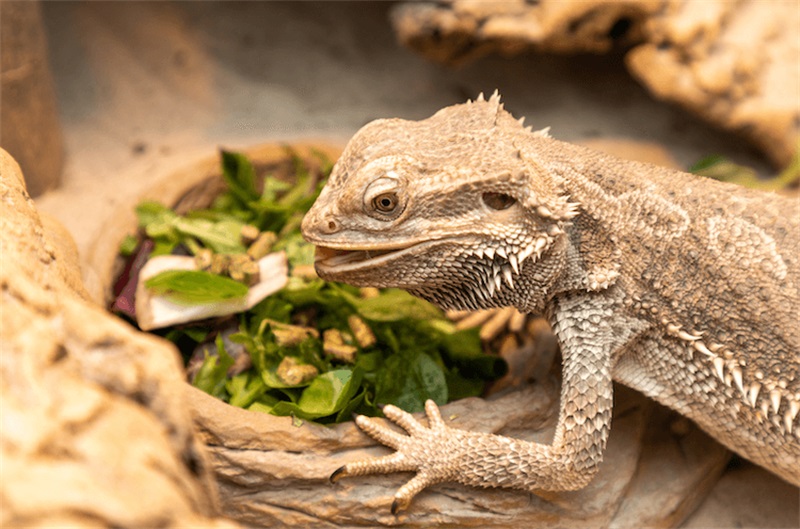
Tips for Bonding with Your Bearded Dragon
Picking up your bearded dragon correctly is not only important for their health and safety, but also for your relationship with them. By handling them properly, you can build trust and bond with your bearded dragon over time. Here are some tips for bonding with your bearded dragon:
- Start handling them when they are young and small. This will help them get used to your presence and touch, and make them more comfortable around you as they grow older and bigger.
- Handle them regularly but not excessively. This will help them associate you with positive experiences and reinforce your bond with them. You can also reward them with treats or praise after each handling session to make them happy.
- Handle them at the right time of day. Bearded dragons are most active and alert in the morning and afternoon, so these are the best times to handle them. Avoid handling them at night or when they are sleeping, as this can disturb their circadian rhythm and make them grumpy.
- Handle them in a safe and familiar environment. Avoid handling them in unfamiliar or noisy places, as this can stress them out and make them defensive. You can also create a designated handling area in your home, such as a couch or a bed, where they can feel comfortable and relaxed.
- Handle them with respect and care. Be gentle and patient with your bearded dragon, and never force them to do something they don’t want to do. Respect their body language and signals, and learn to read their mood and personality. Remember that they are living creatures with feelings and needs, not toys or accessories.
Conclusion
Bearded dragons are amazing pets that can bring joy and companionship to your life. However, they also require proper care and handling to keep them healthy and happy. By following the steps and tips in this article, you can learn how to pick up a bearded dragon correctly and bond with them over time.



